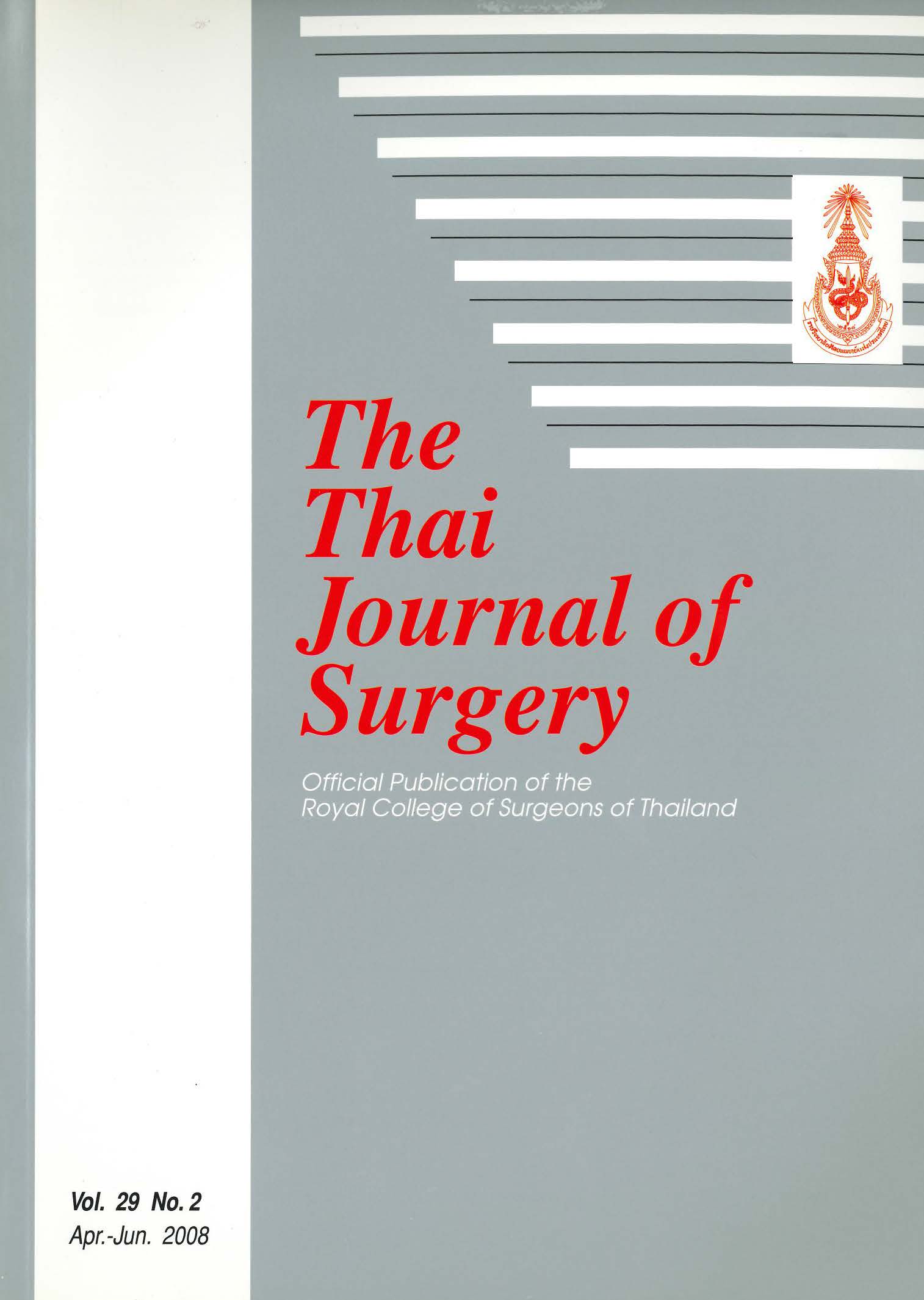Comparison of U-Slab and Short Arm Casts for Fractures in the Distal Third of the Radius
Abstract
Background: Various methods of cast immobilization have been recommended for the treatment of distal radius fractures. This study was undertaken to determine whether U-slabs are as effective as short arm casts in immobilizing these types of fractures and to identify patient and treatment considerations related to loss of reduction.
Materials and Methods: A blinded, randomized, controlled trial was designed. The criteria for reduction and remanipulation were set a priori. The primary outcome measurements included fracture immobilization as reflected by reangulation in the cast and by the need for remanipulation. Exploratory analysis with the use of stepwise logistic regression analysis was undertaken to search for factors predictive of loss of reduction.
Results: A total of 228 patients were enrolled in the study and were allocated to 2 groups: short arm cast group (116 patients) and U-slab group (112 patients). The 2 groups did not differ with respect to the initial fracture angulation, postreduction angulation, reangulation during cast immobilization, and angulation of the fracture at the time of cast removal. In the short arm cast group, 48 (42%) of 114 patients with adequate radiographs met the criteria for remanipulation compared with 34 (31%) of 110 patients with adequate radiographs in the U-slab group (p = 0.08); only 20 of these 82 patients actually underwent remanipulation.
Conclusions: U-slab as well as short arm cast perform well in maintaining reduction of fractures in the distal third of the radius; complication rates are lesser, and they interfere less with daily activities. Factors associated with a higher risk of loss of reduction include combined radial and ulnar fractures and residual angulation of the fracture after the initial reduction.
References
2. Kalb RL. Office management of distal radius fractures. HospPract (Off Ed) 1999;34:131-2,137.
3. McQueen MM, Hajducka C, Court-Brown CM. Redisplaced unstable fractures of the distal radius: a prospective randomized comparison of four methods of treatment. J Bone Joint Surg 1996;78B:404- 9.
4. McQueen MM, McLaren A, Chalmers J. The value of remanipulating Colles' fractures. J Bone Joint Surg 1986;68B:232-3.
5. Charnley J. The closed treatment of common fractures. 4th ed. Cambridge: Colt;1999.
6. Chess DG, Hyndman JC, Leahey JL, Brown DC, Sinclair AM. Short arm plaster cast for distal pediatric forearm fractures. J Pediatr Orthop 1994;14:211-3.
7. Boyer BA, Overton B, Schrader W, Riley P, Fleissner P. Position of immobilization for pediatric forearm fractures. J Pediatr Orthop 2002;22:185-7.
8. Green JS, Williams SC, Finlay D, Harper WM. Distal forearm fractures in children: the role of radiographs during follow up. Injury 1998;29:309-12.
9. Noonan KJ, Price CT. Forearm and distal radius fractures in children. J Am Acad Orthop Surg 1998;6:146-56.
10. Davis DR, Green DP. Forearm fractures in children: pitfalls and complications. Clin Orthop Relat Res. 1976;120:172-83.
11. Nesbitt KS, Failla JM, Les C. Assessment of instability factors in adult distal radius fracture. J Hand Surg (Am) 2004;29(6):1128-38.
Downloads
Published
How to Cite
Issue
Section
License
Articles must be contributed solely to The Thai Journal of Surgery and when published become the property of the Royal College of Surgeons of Thailand. The Royal College of Surgeons of Thailand reserves copyright on all published materials and such materials may not be reproduced in any form without the written permission.



